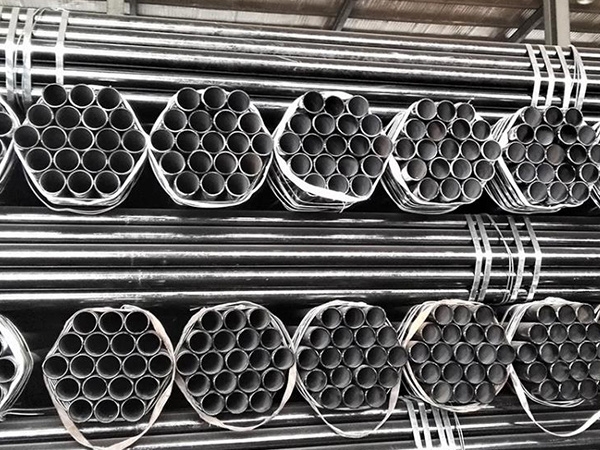Seamless boiler pipes frequently operate under elevated temperatures and pressures, subject to the corrosive effects of high-temperature flue gas and water vapor. In this harsh environment, the pipelines are prone to oxidation and corrosion. To ensure optimal performance, steel pipes must exhibit exceptional durability, resistance to oxidation and corrosion, and robust structural stability. Consequently, the hydrostatic testing of seamless boiler pipes holds significant importance. Today, we will provide a comprehensive overview of the hydrostatic pressure testing process applied to seamless boiler pipes.

Test equipment preparation:
Prepare hydrostatic pressure test equipment, including water pumps, pressure gauges, pressure sensors, etc.
Test medium:
Use clean water as the test medium to ensure the purity of the water to prevent corrosion or contamination in the tube.
Test pressure:
Determine the test pressure of seamless boiler tubes according to relevant standards and specifications. Usually, this pressure is determined based on the design working pressure of the boiler tube.
Test temperature:
The test temperature is generally room temperature, but may be adjusted according to specific standards and needs.
Test duration:
Determine the duration of the test, usually a specified period of time, to ensure that the pipe is able to maintain its structural integrity under pressure.
Experimental procedure:
Place the seamless boiler tube into the test equipment, inject the test medium into the tube, and gradually increase the pressure to the set test pressure. After reaching the test pressure, maintain it for a period of time and observe whether there is any pressure drop or leakage.
Evaluation of test results:
Evaluate test results based on observations and records made during the test. The pipe shall remain structurally intact during the test, with no significant pressure drops or leaks.
Test qualification standards:
The criteria for passing the test usually include maintenance of the test pressure, no leakage and no obvious damage on the pipe surface.
This test helps to verify the pressure resistance performance of seamless boiler tubes and ensure that they can safely and reliably withstand the design working pressure in actual boiler applications.